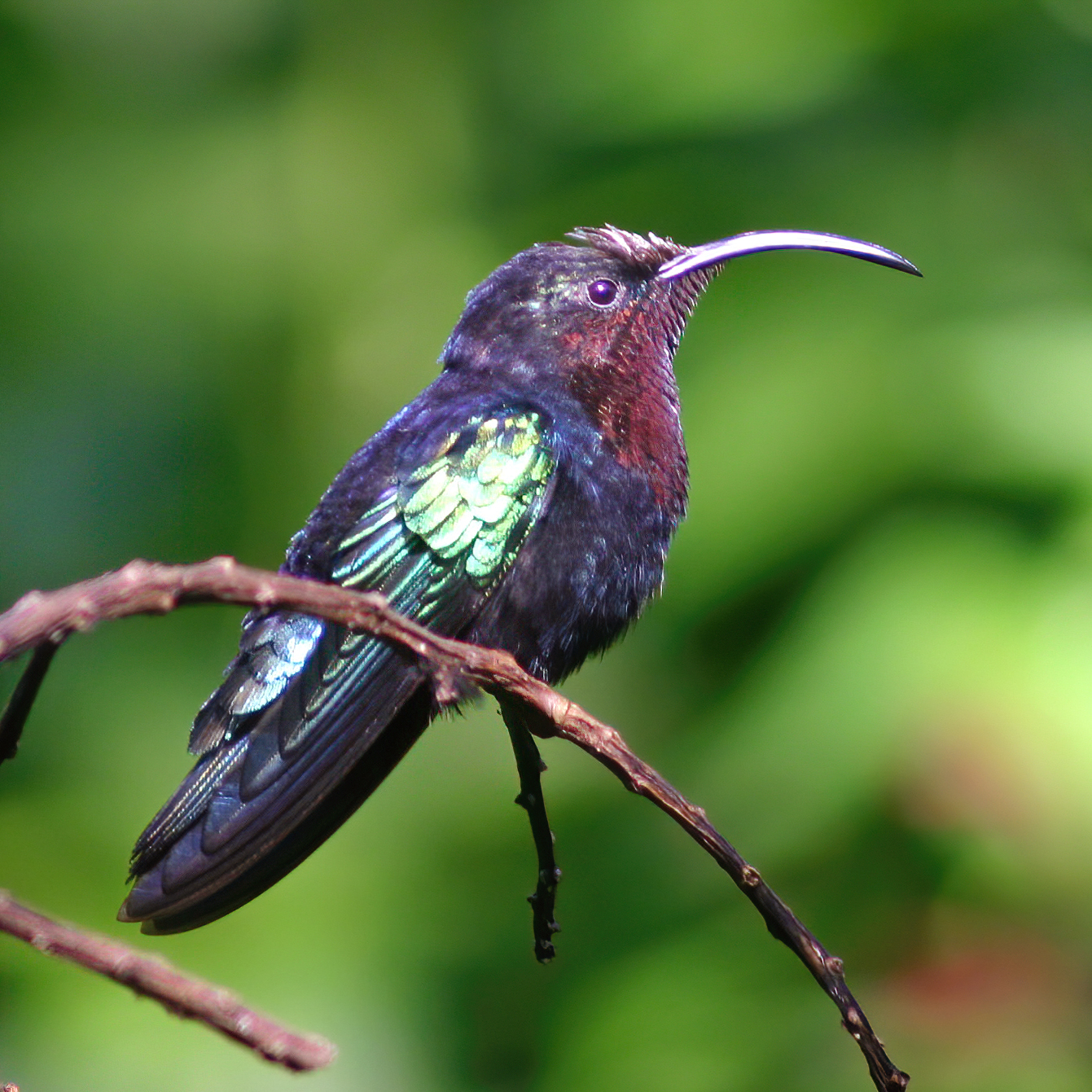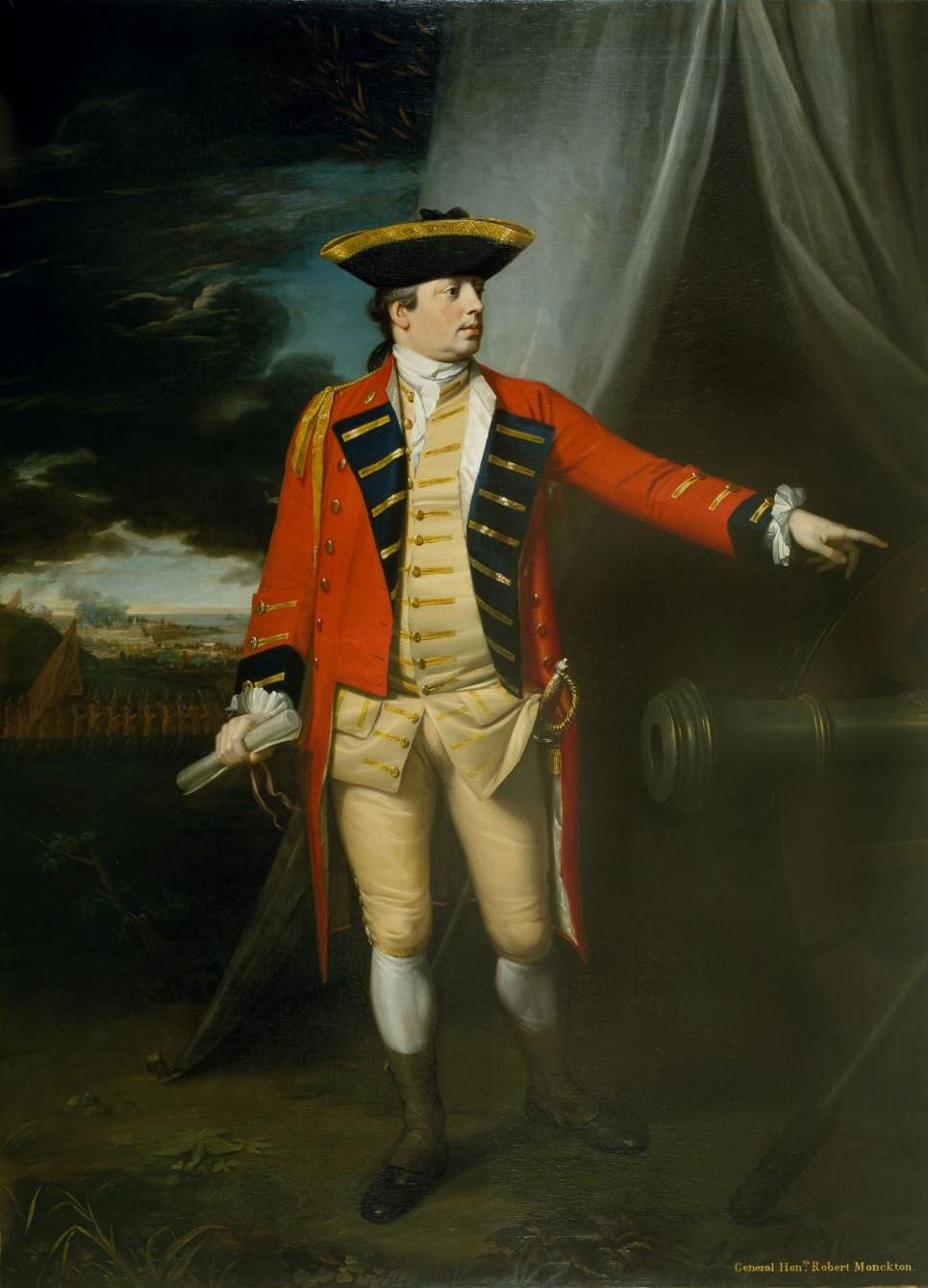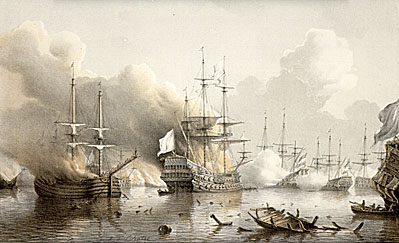|
Fort-de-France
Fort-de-France (, , ; gcf, label=Martinican Creole, Fodfwans) is a Communes of France, commune and the capital city of Martinique, an overseas department and region of France located in the Caribbean. It is also one of the major cities in the Caribbean. History In 1638, Jacques Dyel du Parquet (1606–1658), nephew of Pierre Belain d'Esnambuc and first governor of Martinique, decided to have Fort Saint Louis built to protect the city against enemy attacks. The fort was soon destroyed, and rebuilt in 1669, when Louis XIV of France, Louis XIV appointed the Marquis of Baas as governor general. Under his orders and those of his successors, particularly the Charles de Courbon de Blénac, Count of Blénac, the fort was built with a Vauban design. Originally named Fort-Royal, the administrative capital of Martinique was over-shadowed by Saint-Pierre, Martinique, Saint-Pierre, the oldest city in the island, which was renowned for its commercial and cultural vibrancy as "The Paris of ... [...More Info...] [...Related Items...] OR: [Wikipedia] [Google] [Baidu] |
Martinique
Martinique ( , ; gcf, label=Martinican Creole, Matinik or ; Kalinago: or ) is an island and an overseas department/region and single territorial collectivity of France. An integral part of the French Republic, Martinique is located in the Lesser Antilles of the West Indies in the eastern Caribbean Sea. It has a land area of and a population of 364,508 inhabitants as of January 2019.Populations légales 2019: 972 Martinique INSEE One of the , it is directly north of Saint Lucia, northwest of |
Fort Saint Louis (Martinique)
Fort Saint Louis (often hyphenated as Fort Saint-Louis) is a seaside fortress in Fort-de-France, Martinique. The present-day fort has evolved from earlier strongholds that were erected on the site as early as 1638, and has been known in previous incarnations as Fort Royal and Fort de la Republique. The modern-day Fort Saint Louis is both an active naval base and a listed historic site of France. There are daily tours of the fort, though the portion that is still a naval base is off-limits. Naval base Fort Saint Louis is under command of the ''capitaine de vaisseau'' in charge of the navy and the naval air forces for the Caribbean (COMAR ANTILLES). The forces based here include the surveillance frigates ''Ventôse'' (F733) and '' Germinal'' (F735), the patrol and support vessel ''Dumont d'Urville'' (A624) and the Confiance-class patrol vessel ''La Combattante'' (P735). One ''Engins de Débarquement Amphibie – Standards'' (EDA-S) landing craft is to be delivered to naval forces ... [...More Info...] [...Related Items...] OR: [Wikipedia] [Google] [Baidu] |
Communauté D'agglomération Du Centre De La Martinique
Communauté d'agglomération du Centre de la Martinique is the ''communauté d'agglomération'', an intercommunal structure, centred on the city of Fort-de-France. It is located in Martinique, an overseas department and region of France. It was created in January 2001.CA du Centre de la Martinique (N° SIREN : 249720061) BANATIC, accessed 6 April 2022. Its area is 171.0 km2. Its population was 154,706 in 2018, of which 78,126 in Fort-de-France proper.Comparateur de territoire INSEE, accessed 6 April 2022. Composition T ...[...More Info...] [...Related Items...] OR: [Wikipedia] [Google] [Baidu] |
Saint-Pierre, Martinique
Saint-Pierre (, ; ; Martinican Creole: ) is a town and commune of France's Caribbean overseas department of Martinique, founded in 1635 by Pierre Belain d'Esnambuc. Before the total destruction of Saint-Pierre by a volcanic eruption in 1902, it was the most important city of Martinique culturally and economically, being known as "the Paris of the Caribbean". While Fort-de-France was the official administrative capital, Saint-Pierre was the cultural capital of Martinique. After the disaster, Fort-de-France grew in economic importance. History Saint-Pierre was founded in 1635 by Pierre Belain d'Esnambuc, a French trader and adventurer, as the first permanent French colony on the island of Martinique. The Great Hurricane of 1780 produced a storm-surge of which "inundated the city, destroying all houses" and killed 9,000 people. Eruption of Mount Pelée The town was again destroyed in 1902, when the volcano Mount Pelée erupted, killing 28,000 people. The entire populatio ... [...More Info...] [...Related Items...] OR: [Wikipedia] [Google] [Baidu] |
Fort-de-France Bay
Fort-de-France Bay is a large inlet of the Caribbean Sea, off the coast of Martinique. It is named after Martinique's capital, Fort-de-France, the chief town on the bay. Important Bird Area A tract of some 3,361 ha, encompassing the largest area of mangroves in Martinique, on the eastern side of the bay, has been recognised as an Important Bird Area (IBA) by BirdLife International because it supports populations of green-throated and purple-throated caribs, Antillean crested hummingbirds, Caribbean elaenias, Lesser Antillean flycatchers, Lesser Antillean pewees, scaly-breasted thrashers, Martinique orioles, Lesser Antillean saltator The Lesser Antillean saltator (''Saltator albicollis'') is a species of songbird in the tanager family Thraupidae that is found in Dominica, Martinique, Saint Kitts and Nevis, and Saint Lucia. Its natural habitats are subtropical or tropical dry ...s and Lesser Antillean bullfinches. References Bodies of water of Martinique Import ... [...More Info...] [...Related Items...] OR: [Wikipedia] [Google] [Baidu] |
Jacques Dyel Du Parquet
Jacques Dyel du Parquet (1606 – 3 January 1658) was a French soldier who was one of the first governors of Martinique. He was appointed governor of the island for the Compagnie des Îles de l'Amérique in 1636, a year after the first French settlement had been established. In 1650 he purchased Martinique, Grenada and Saint Lucia. He did much to develop Martinique as a colony, including introduction of sugarcane. Early years (1606–36) Jacques Dyel du Parquet was born in 1606 in Cailleville, Normandy. An act recording a 1657 ceremony to bless his wedding names him as "Jacques Dyel, squire, sieur Du Parquet, governor of this island, son of Pierre Dyel, squire, lord of Vaudroques and of Adrienne de Blain, native of Calville". His parents had married on 11 January 1589. Du Parquet's uncle was Pierre Belain d'Esnambuc, the French King's Governor and Lieutenant General of the Isles of America. On 26 October 1626 a deed of agreement was signed to send French colonists under captain ... [...More Info...] [...Related Items...] OR: [Wikipedia] [Google] [Baidu] |
Invasion Of Martinique (1762)
The British expedition against Martinique was a military action that took place in January and February 1762. It was part of the Seven Years' War. Background After the surrender of Dominica to a British expeditionary force, the French in Martinique fully expected the same expedition to head into their direction. Accordingly, they took measures for their defense. The French force in Martinique consisted of 1,200 regulars, 7,000 local militia and 4,000 hired privateersmen. Furthermore, the mountainous nature of the island made it rather easy to defend. The neighbouring British islands did what they could to help the mother-country: * Antigua sent blacks and part of her old garrison, the 38th Regiment of Foot, which had not left her since Queen Anne's day; * Barbados raised 500 black and 500 white men, which were the more acceptable since that island was the rendezvous for the expedition. The first troops to arrive in Carlisle Bay were a detachment from Belle-Isle, Newfoundlan ... [...More Info...] [...Related Items...] OR: [Wikipedia] [Google] [Baidu] |
Charles De Courbon De Blénac
Charles de Courbon, comte de Blénac (1622 – 10 June 1696) was a French colonial administration who served as governor general of the French Antilles during the 17th century. He was an experienced soldier and fought for the king during the Fronde before becoming a naval officer in the French Navy. Towards the end of the Franco-Dutch War he led the land forces that captured Tobago from the Dutch before taking command of the French Antilles. During the Nine Years' War he was active in the struggle with the English and Dutch in the Windward Islands. He captured Sint Eustatius and Saint Kitts, and defended Martinique against a large English expedition in 1693. Early years (1622–77) Charles de Blénac, Marquis de la Roche-Courbon, was born to a noble family in 1622 in Romegoux, Saintonge. His parents were Jacques de Courbon Blénac and Marie Thison, dame de La Sauzaie. His sister Marie married André de Talleyrand-Périgord. Charles de Blénac married Angélique de La Rochefoucau ... [...More Info...] [...Related Items...] OR: [Wikipedia] [Google] [Baidu] |
Pierre Belain D'Esnambuc
Pierre Belain, sieur d'Esnambuc (; 1585–1636) was a French trader and adventurer in the Caribbean, who established the first permanent French colony, Saint-Pierre, on the island of Martinique in 1635. Biography Youth Pierre Belain d'Esnambuc was the fifth child of Nicholas Belain, lord of Quenouville and of Esnambuc. He was baptized in the Saint-Quentin church in Allouville-Bellefosse, in Normandy, on March 9, 1585. The domain of Quenouville suffered under the Wars of Religion which laid waste the Pays de Caux. Nicholas Belain had to borrow 2,400 books from the Duke of Cossé-Brissac which was Usury, swollen by interest. After his death in 1599, his children had to pay the debt. François, the eldest and heir of the domain of Quenouville, decided to sell the domain of Esnambuc. The other land was sold in 1610. Pierre Belain ought not therefore to have borne this title, which he nonetheless did during later years. In 1603, when he was 18 years old, he embarked as "mathelot" on "' ... [...More Info...] [...Related Items...] OR: [Wikipedia] [Google] [Baidu] |
Caribbean
The Caribbean (, ) ( es, El Caribe; french: la Caraïbe; ht, Karayib; nl, De Caraïben) is a region of the Americas that consists of the Caribbean Sea, its islands (some surrounded by the Caribbean Sea and some bordering both the Caribbean Sea and the North Atlantic Ocean) and the surrounding coasts. The region is southeast of the Gulf of Mexico and the North American mainland, east of Central America, and north of South America. Situated largely on the Caribbean Plate, the region has more than 700 islands, islets, reefs and cays (see the list of Caribbean islands). Island arcs delineate the eastern and northern edges of the Caribbean Sea: The Greater Antilles and the Lucayan Archipelago on the north and the Lesser Antilles and the on the south and east (which includes the Leeward Antilles). They form the West Indies with the nearby Lucayan Archipelago (the Bahamas and Turks and Caicos Islands), which are considered to be part of the Caribbean despite not bordering the Caribbe ... [...More Info...] [...Related Items...] OR: [Wikipedia] [Google] [Baidu] |
Martinican Progressive Party
The Martinican Progressive Party (french: Parti progressiste martiniquais, PPM) is a democratic socialist political party in Martinique. It was founded on March 22, 1958 by poet Aimé Césaire after breaking off from the French Communist Party. The party favours the autonomy of Martinique within France, unlike the nationalist Martinican Independence Movement (MIM). The party has one seat in the French National Assembly, currently held by Serge Letchimy, deputy from Fort-de-France (Martinique's 3rd constituency The 3rd constituency of Martinique is a French legislative constituency in the Martinique ''département''. It consists of the commune of Fort-de-France, the capital of Martinique. In every election of the Fifth Republic, with the exception ...). External links PPM official site Political parties in Martinique Political parties established in 1958 1958 establishments in France {{Martinique-stub ... [...More Info...] [...Related Items...] OR: [Wikipedia] [Google] [Baidu] |
Martinican Creole
Antillean Creole (Antillean French Creole, Kreyol, Kwéyòl, Patois) is a French-based creole that is primarily spoken in the Lesser Antilles. Its grammar and vocabulary include elements of Carib, English, and African languages. Antillean Creole is related to Haitian Creole but has a number of distinctive features. Antillean Creole is spoken natively, to varying degrees, in Dominica, Grenada, Guadeloupe, Îles des Saintes, Martinique, Saint-Barthélemy (St. Barts), Saint Lucia, French Guiana, Trinidad and Tobago, and Venezuela (mainly in Macuro, Güiria and El Callao Municipality). It is also spoken in various Creole-speaking immigrant communities in the United States Virgin Islands, British Virgin Islands, and the Collectivity of Saint Martin. Antillean Creole has approximately 1 million speakers and is a means of communication for migrant populations traveling between neighbouring English- and French-speaking territories. In a number of countries (including Dominica, Grenada ... [...More Info...] [...Related Items...] OR: [Wikipedia] [Google] [Baidu] |

-carte.jpg)





.jpg)